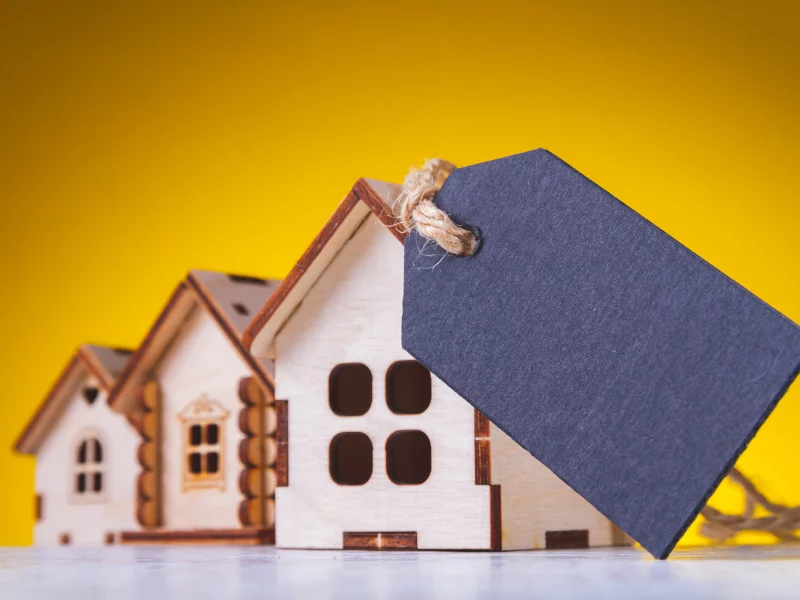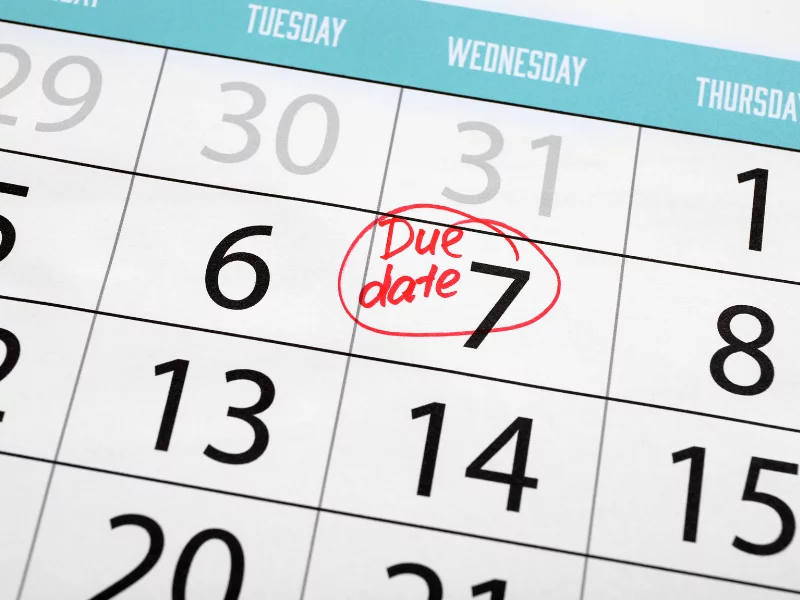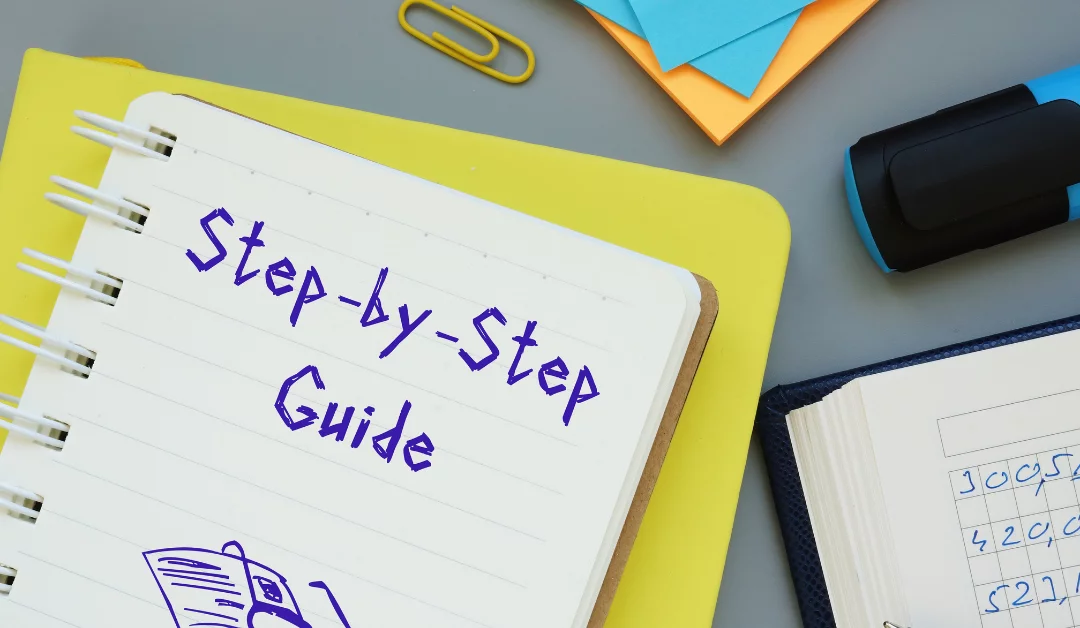Selling your house by owner entails assessing its value, preparing it for sale, marketing it, handling offers and negotiations, and navigating the due diligence period, all without a local real estate agent. Understanding each step of this intricate process and arming yourself with knowledge will allow you to successfully navigate the complexities of a For Sale By Owner (FSBO) sale and maximize your home’s potential. Palm Title is here to assist you every step of the way with our attorney-owned team in Fort Lauderdale, which also serves the entire state of Florida.
Key Takeaways: Step-by-Step Selling House by Owner
- Assess your home’s value, calculate equity, and estimate net proceeds for financial planning.
- Prepare your house for sale by addressing repairs and upgrades, decluttering and deep cleaning, and boosting curb appeal.
- Market your home through online listings, offline marketing tactics, staging, and professional photography.
- Handle offers and negotiations by reviewing and comparing offers, negotiating with potential buyers, and collaborating with a real estate agent or attorney.
- Navigate the due diligence period by completing a home inspection, obtaining an appraisal, clearing the title, addressing repairs, and conducting a final walkthrough.
Step 1: Assess Your Home’s Value

Checking Home Value
Understand your home’s real market value, which includes its characteristics and market trends. This assessment helps set your listing price and align expectations with market reality.
Calculating Equity and Estimated Net Proceeds
Calculate your equity (the difference between your home’s value and mortgage balance) and estimated net proceeds (factoring in outstanding mortgages, closing costs, and other sale expenses).
Step 2: Preparing Your House for Sale
Address Repairs and Upgrades
Address necessary repairs and thoughtful upgrades to enhance your home’s appeal and value. Consult professionals or a real estate agent to determine which improvements are worth the investment.
Declutter and Deep Clean
Declutter and depersonalize your home to allow prospective buyers to envision themselves living there. Deep clean every surface, corner, and crevice to present a cared-for and inviting home.
Boost Curb Appeal
Create an inviting atmosphere that captures buyers’ interest from the moment they arrive. Mow the lawn, trim hedges, plant flowers, or add a fresh coat of paint to the front door to make a lasting positive impression.
Step 3: Marketing Your Home

Listing Your Home Online and Offline
For maximum exposure, list your home online on real estate sites and on the local multiple listing service (MLS). Combine online marketing with offline tactics like yard signs, open houses, and word-of-mouth to attract more buyers.
Staging Your Home for Potential Buyers
Stage your home to create the perfect scene for potential buyers. Professional staging or virtual staging can transform your home into a welcoming environment and significantly impact the sale price.
Professional Photos for Online Listings
High-quality professional photos are crucial for online home searches. They showcase your home’s best features, attract serious buyers, and can increase the final sale price.
Step 4: Handling Offers and Negotiations

Review and Compare Offers
Carefully review offers, taking into account contingencies, financing, and pre-approvals rather than just price. Work with your attorney to understand each offer and make an informed decision aligned with your goals.
Negotiate with Potential Buyers
Negotiate price, closing dates, and contingencies with guidance from your agent or attorney. In a seller’s market, leverage your position for favorable terms. Aim to get the best value during the selling process.
Step 5: Navigating the Due Diligence Period

Complete the Home Inspection
A home inspection during the due diligence period allows the buyer to ensure the house meets expectations and state standards. Address known problems beforehand, as a clean inspection leads to a smoother transaction and reinforces buyer confidence.
Obtain an Appraisal
An appraiser assesses your home’s value to ensure it aligns with the sale price, which is crucial for the buyer’s financing. If the appraisal is lower than expected, it could affect the loan amount and the sale. Your agent’s presence during the appraisal can be beneficial, especially if contesting a low valuation.
Clear the Title and Address Repairs
Clear the title to ensure legal ownership and no liens or disputes. Palm Title and your real estate attorney can navigate this process. Complete any agreed-upon repairs before the final walkthrough, calling in trusted professionals to handle fixes promptly.
Final Walkthrough
The final walkthrough of the real estate transaction allows the buyer to confirm the home is in the agreed-upon condition. Show that you’ve handled repairs and that the house is ready for new ownership. Ensuring the home is broom-clean and as promised prevents last-minute disputes and keeps the closing on track.
Step 6: Closing the Sale and Moving Out

Review the Settlement Statement
Review the settlement statement, which itemizes all fees, credits, and financial transactions, to verify the numbers and understand every detail. Go over it with your real estate attorney to ensure accuracy and avoid surprises at closing.
Receive Sale Proceeds
After signing the final documents, collect your payment from the escrow service. Timing may vary based on local practices and closing day, but the money from the sale is now yours. Plan for managing these funds effectively.
Determine Taxes Owed
Consult a tax advisor to assess capital gains taxes on the profit from your home sale. Your real estate attorney can provide guidance on tax implications and help navigate potential IRS obligations, ensuring compliance, and identifying possible tax breaks.
Transfer Utilities
Coordinate with the buyer to ensure a seamless transition of services like water, electricity, and gas, avoiding disruption between owners. This crucial step maintains the home’s functionality and prevents last-minute complications.
Frequently Asked Questions
How do I list a property for sale in Florida?
To list a property for sale in Florida as a FSBO seller, assess your home’s value, prepare it for the market, and choose the right advertising platforms. Effective marketing is key to attracting potential buyers and achieving a successful sale.
Who pays closing costs in Florida?
In Florida, closing costs are negotiable between the buyer and seller. As a seller, you might be responsible for certain costs. Understand customary practices in your area and factor these expenses into your financial planning.
What are the pros and cons of selling your own home?
Selling your own home can save you money on commissions and fees from real estate agents and give you greater control. However, it can be time-consuming and complex, and you might miss out on maximizing your home’s sale price or find negotiating more difficult. You’ll need to handle all the marketing, showings, paperwork and legal aspects yourself. Carefully weigh the pros and cons to determine if FSBO is right for you.


